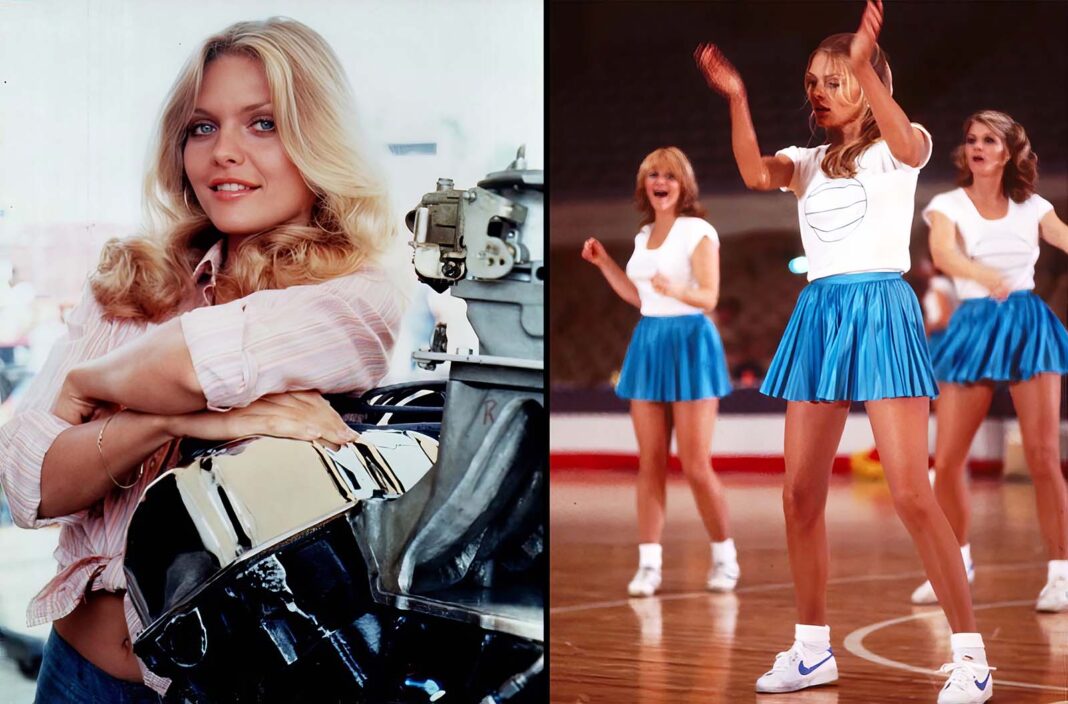Few Hollywood stars have balanced beauty, talent, and mystique as effortlessly as Michelle Pfeiffer.
Rising to become one of the most bankable names of the 1980s and 1990s, Pfeiffer’s work earned her a Golden Globe Award, a British Academy Film Award, and nominations for three Academy Awards and a Primetime Emmy Award.
Her path to stardom began with small roles in television and film, gradually leading to her first major breakthrough as the lead in Grease 2 (1982).
However, it was her unforgettable performance as Elvira Hancock in Scarface (1983) that launched her into the mainstream spotlight.
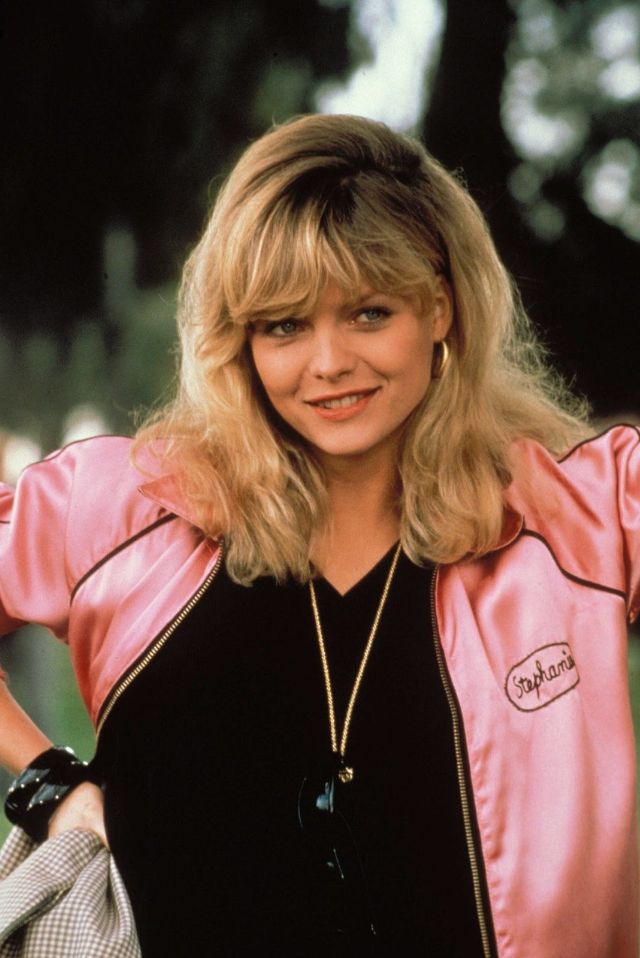 The momentum continued with significant roles in The Witches of Eastwick (1987) and Tequila Sunrise (1988), and her performance in Married to the Mob (1988) earned Pfeiffer the first of six consecutive Golden Globe nominations.
The momentum continued with significant roles in The Witches of Eastwick (1987) and Tequila Sunrise (1988), and her performance in Married to the Mob (1988) earned Pfeiffer the first of six consecutive Golden Globe nominations.
She followed this with Academy Award nominations for Dangerous Liaisons (1988) and The Fabulous Baker Boys (1989), winning a Golden Globe for the latter and solidifying her reputation as a versatile and commanding actress.
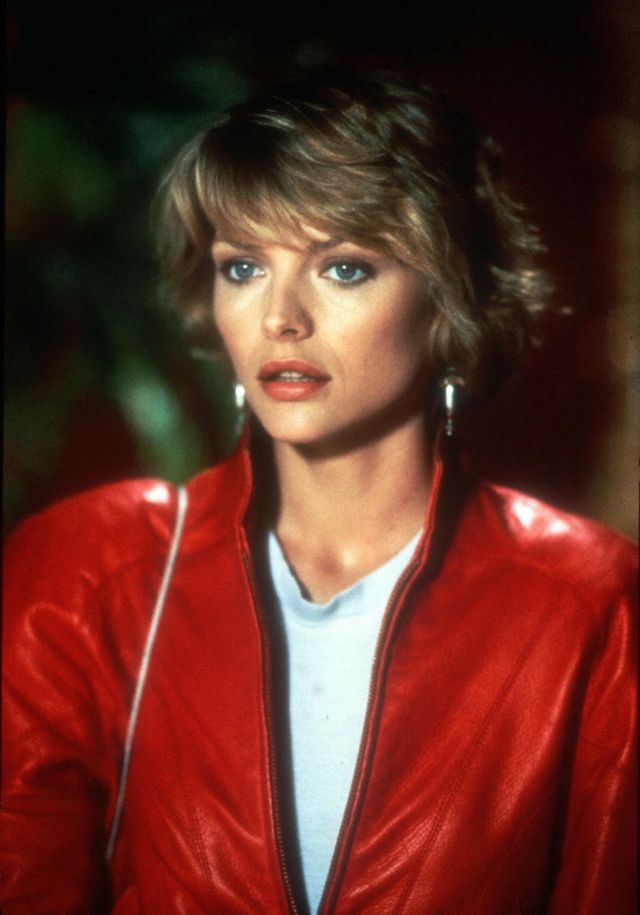 As one of the highest-paid actresses of the 1990s, Pfeiffer continued to choose roles that showed her range, appearing in The Russia House (1990) and Frankie and Johnny (1991).
As one of the highest-paid actresses of the 1990s, Pfeiffer continued to choose roles that showed her range, appearing in The Russia House (1990) and Frankie and Johnny (1991).
Her portrayal of Catwoman in Batman Returns (1992) became an iconic performance, and she secured a third Academy Award nomination for Love Field that same year.
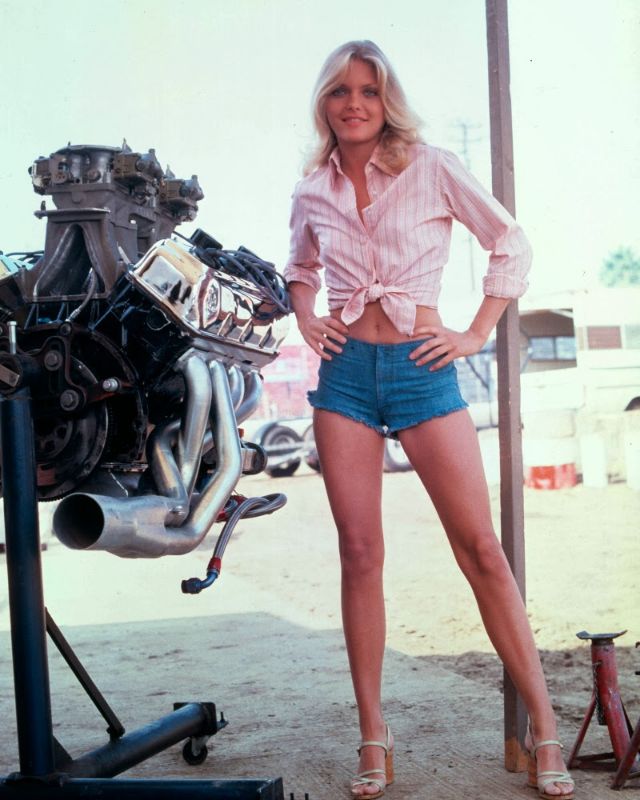 Widely regarded as one of the world’s most beautiful and talented actresses, Pfeiffer initially faced challenges in Hollywood, often typecast in roles centered on her looks.
Widely regarded as one of the world’s most beautiful and talented actresses, Pfeiffer initially faced challenges in Hollywood, often typecast in roles centered on her looks.
Determined to prove her depth, she actively pursued complex characters that allowed her to demonstrate her skill beyond her striking appearance.
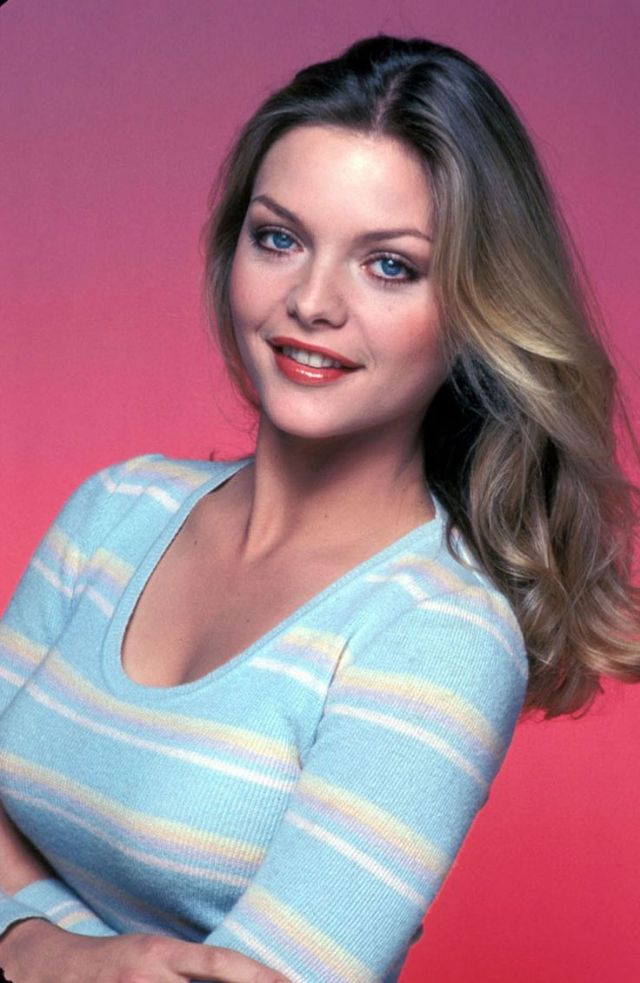 Throughout the 1980s and 1990s, Pfeiffer was considered one of the era’s leading sex symbols, frequently described as an “It girl” of her time.
Throughout the 1980s and 1990s, Pfeiffer was considered one of the era’s leading sex symbols, frequently described as an “It girl” of her time.
In 1990, she graced the inaugural cover of People magazine’s annual “50 Most Beautiful People in the World” issue, eventually appearing in the issue a record-breaking six times throughout the decade.
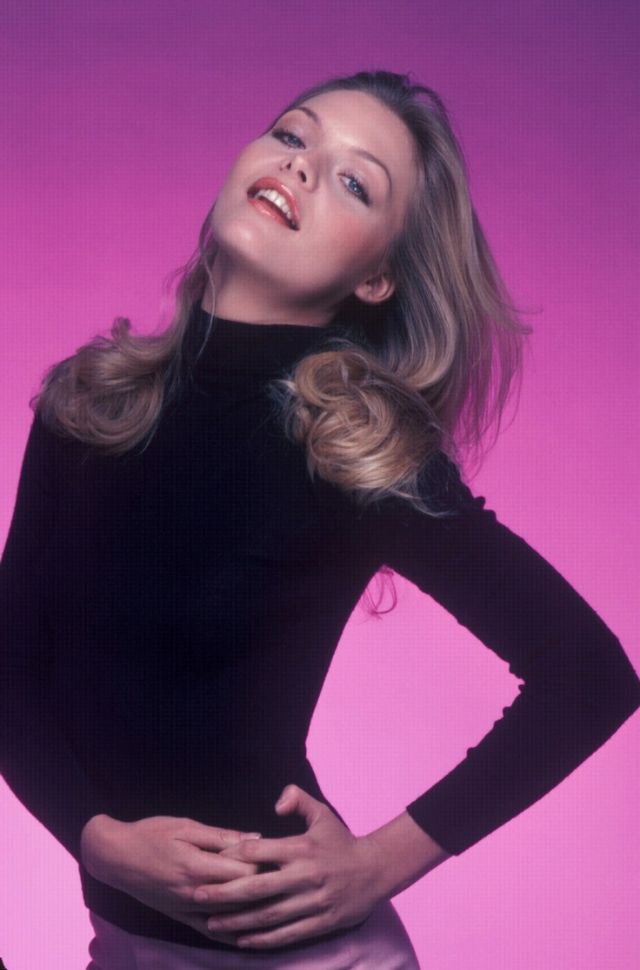 Despite her fame, Pfeiffer has always maintained a famously private life, mirroring the layered, guarded characters she often portrayed on screen.
Despite her fame, Pfeiffer has always maintained a famously private life, mirroring the layered, guarded characters she often portrayed on screen.
As Matthew Jacobs of HuffPost Canada once noted, Pfeiffer is “Hollywood’s foremost movie star who doesn’t walk around feeling like a movie star,” a quality that has enabled her to bring authenticity to her roles without letting fame overshadow her craft.
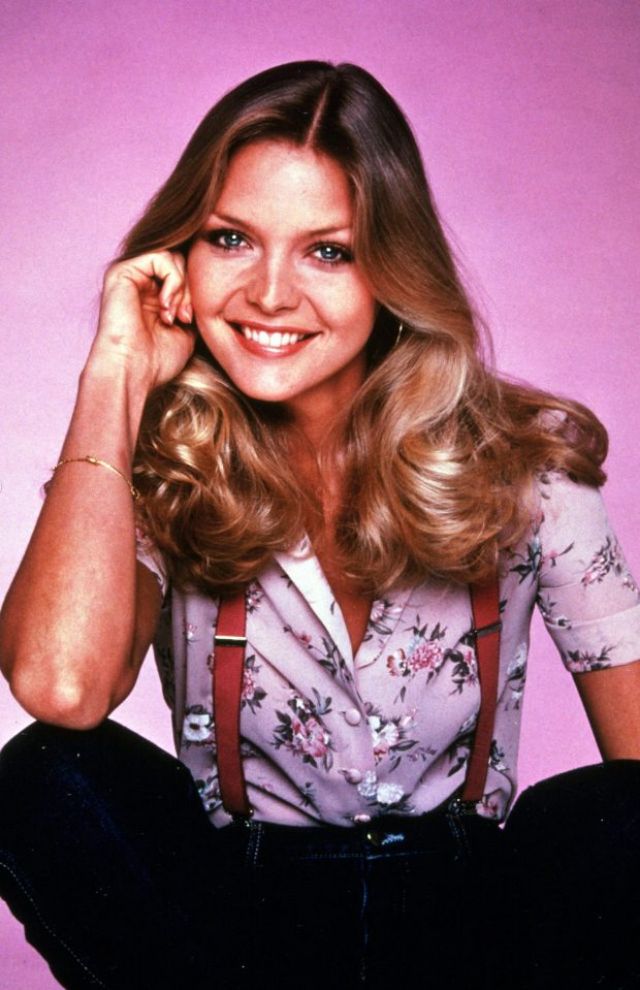 Luke Goodsell, writing for repertory cinema Metrograph, observed that few stars of the 1990s were as enigmatic, noting, “Though a sex symbol, she was never a femme fatale like Sharon Stone; she could play quirky and romantic, but she wasn’t an American sweetheart like Julia Roberts or Meg Ryan; a serious talent, she was rarely considered in the company of Meryl Streep or Jodie Foster.”
Luke Goodsell, writing for repertory cinema Metrograph, observed that few stars of the 1990s were as enigmatic, noting, “Though a sex symbol, she was never a femme fatale like Sharon Stone; she could play quirky and romantic, but she wasn’t an American sweetheart like Julia Roberts or Meg Ryan; a serious talent, she was rarely considered in the company of Meryl Streep or Jodie Foster.”
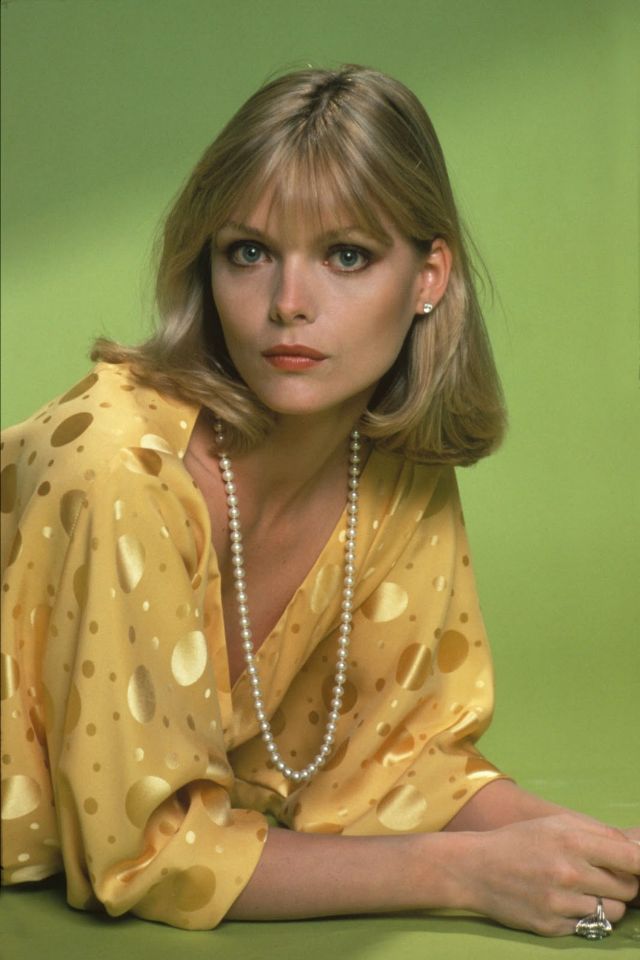 Known for her reluctance to give press interviews, Pfeiffer has managed to keep a sense of mystery around her public persona, allowing audiences to focus on the characters she brings to life rather than the celebrity behind them.
Known for her reluctance to give press interviews, Pfeiffer has managed to keep a sense of mystery around her public persona, allowing audiences to focus on the characters she brings to life rather than the celebrity behind them.
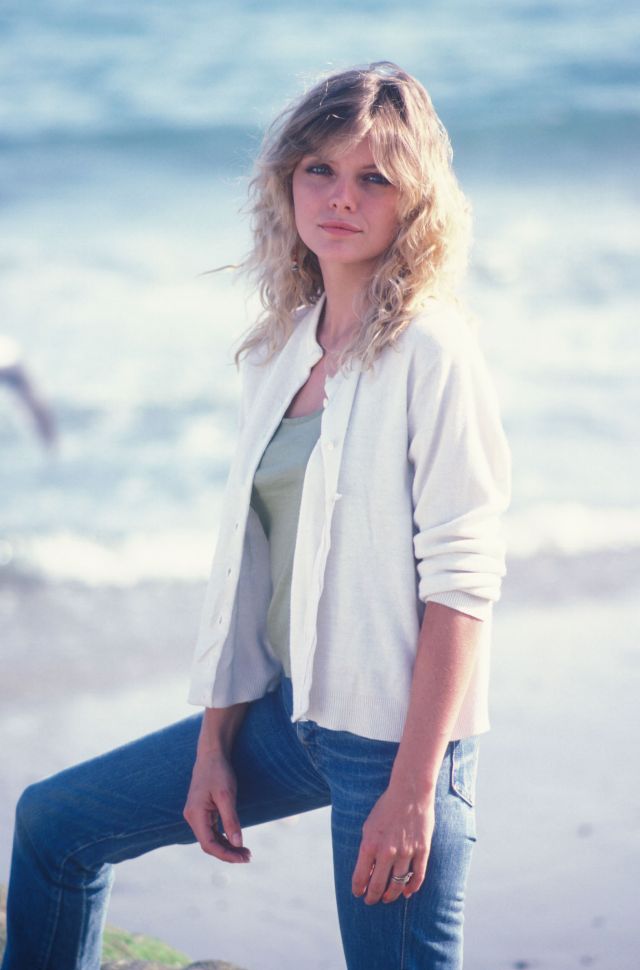
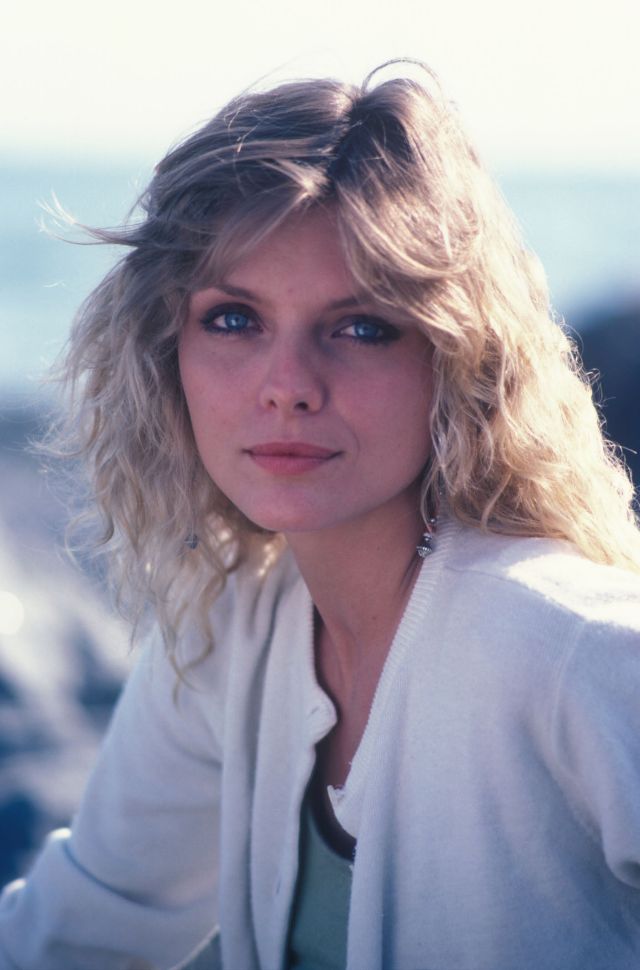
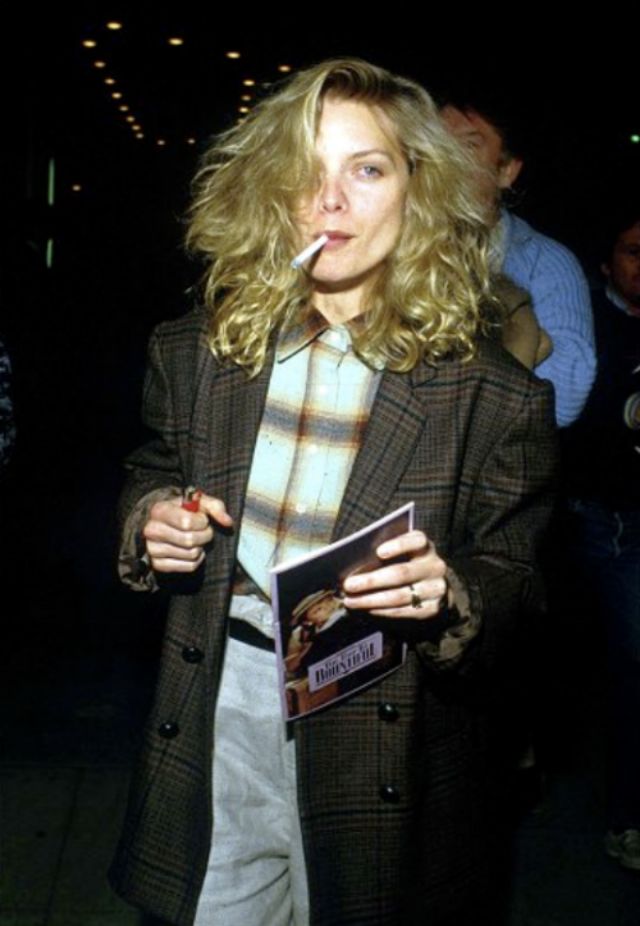
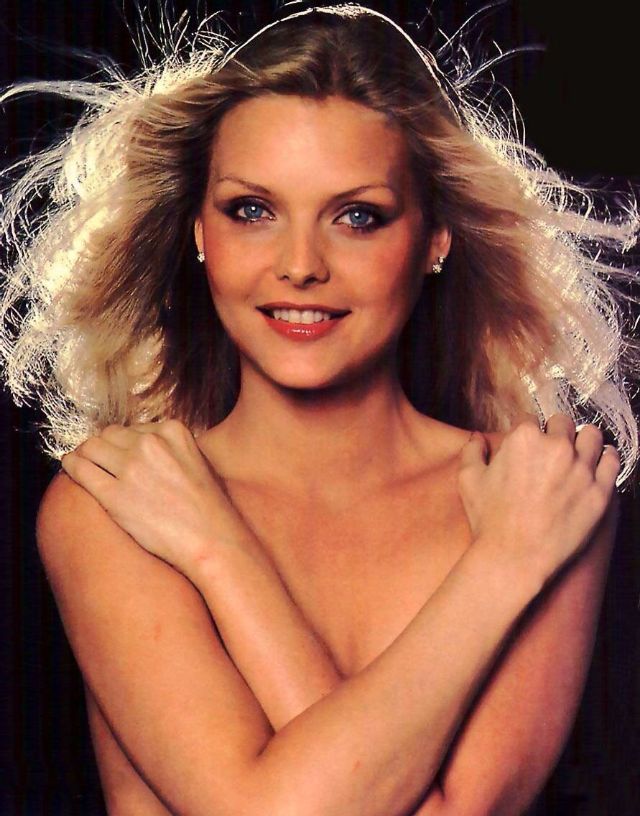
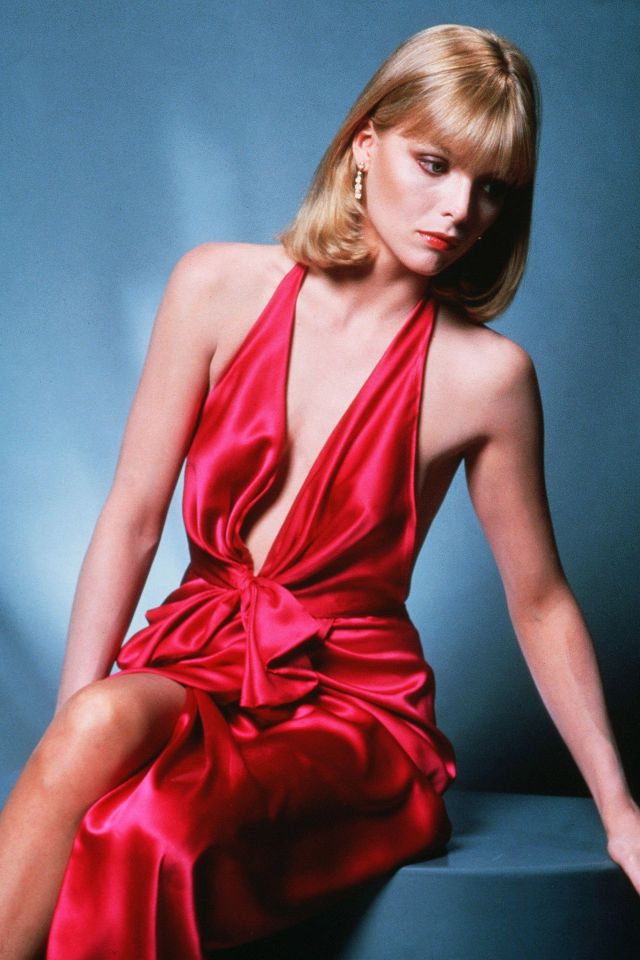
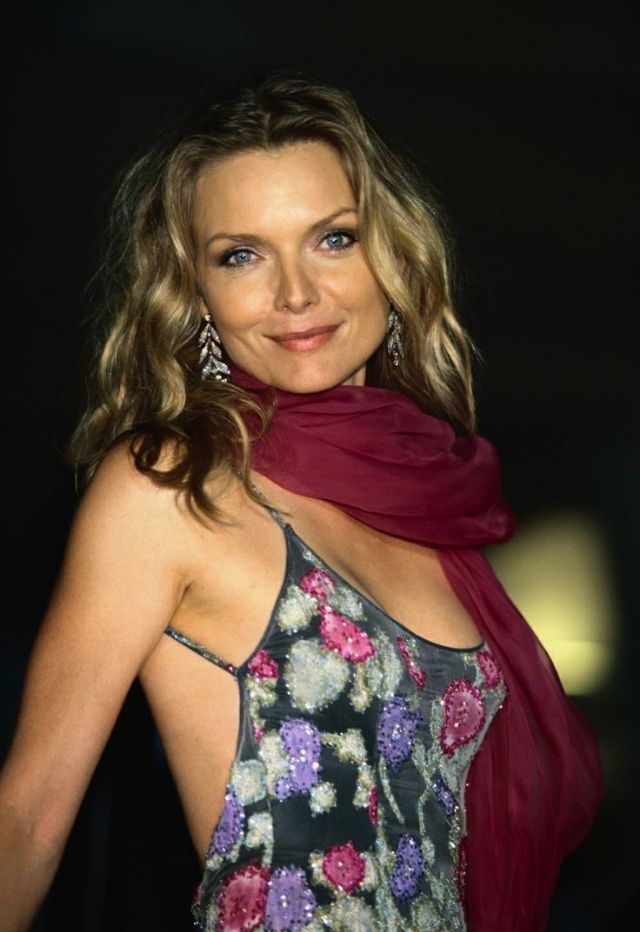
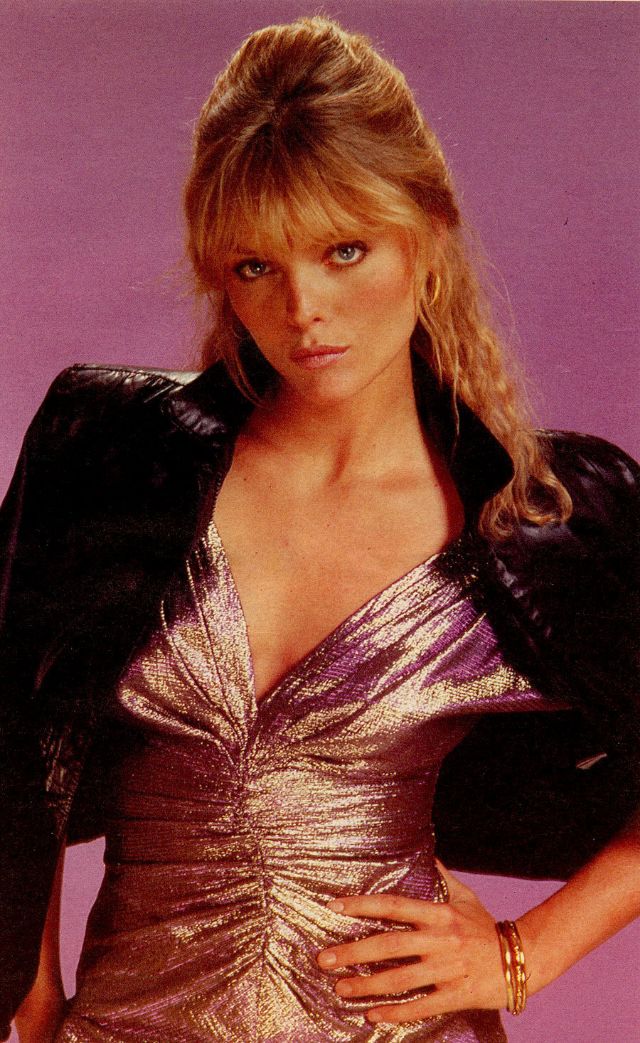
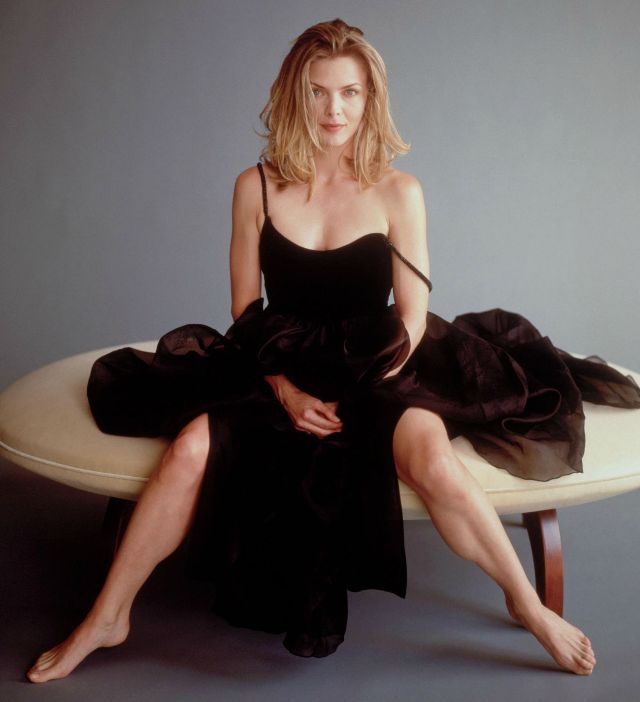
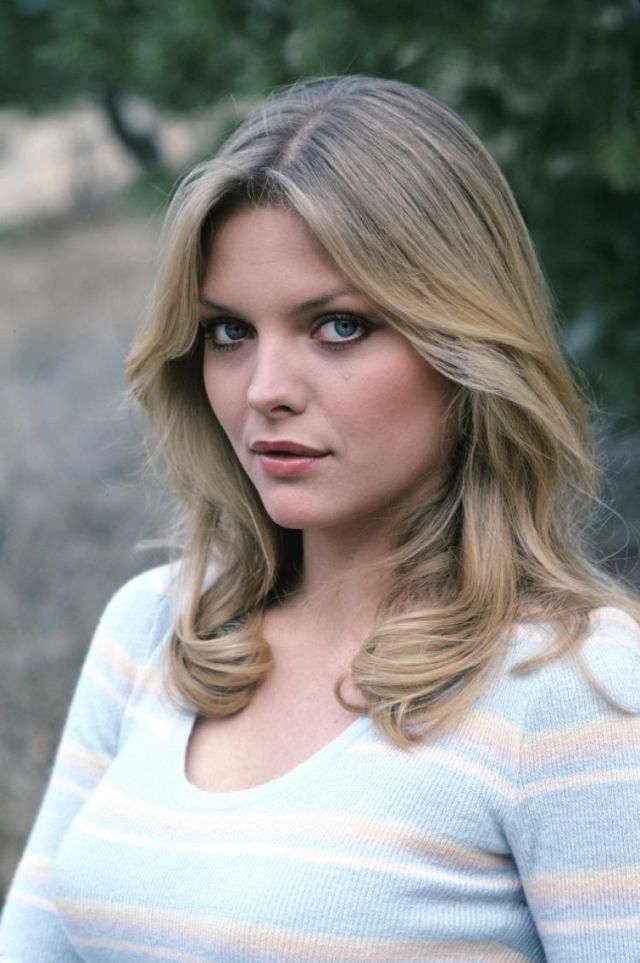
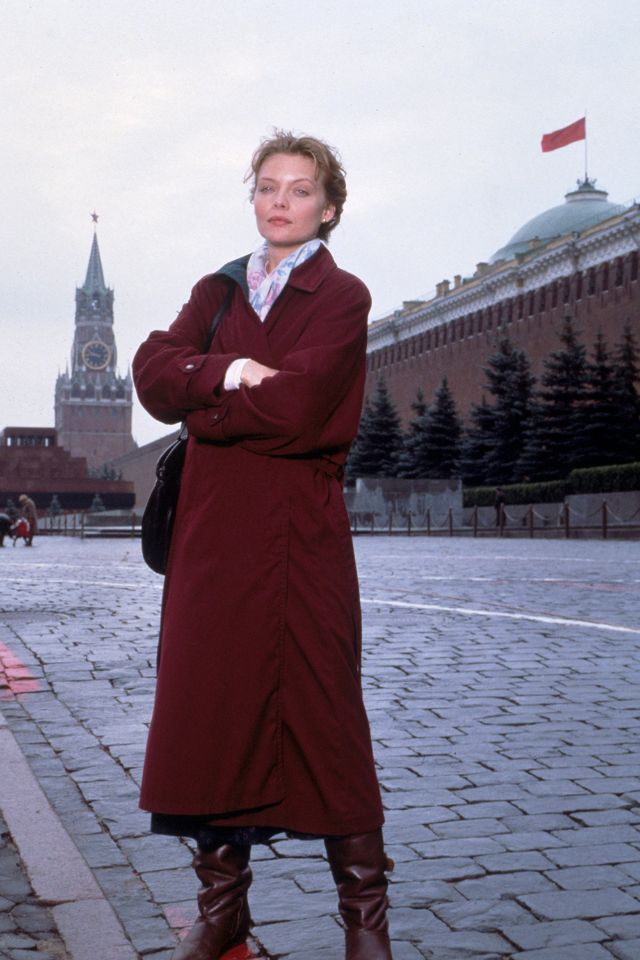
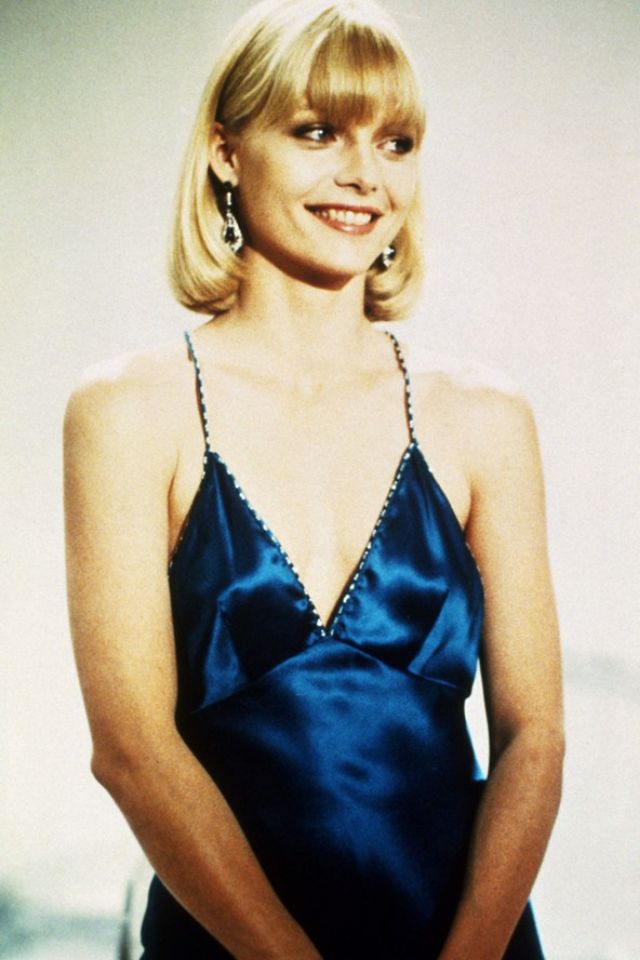
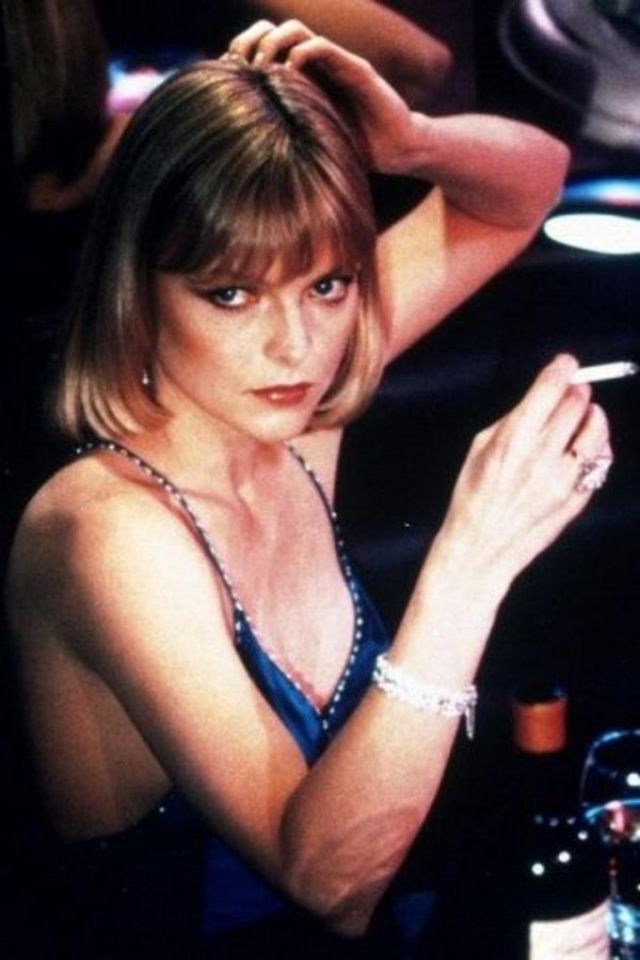
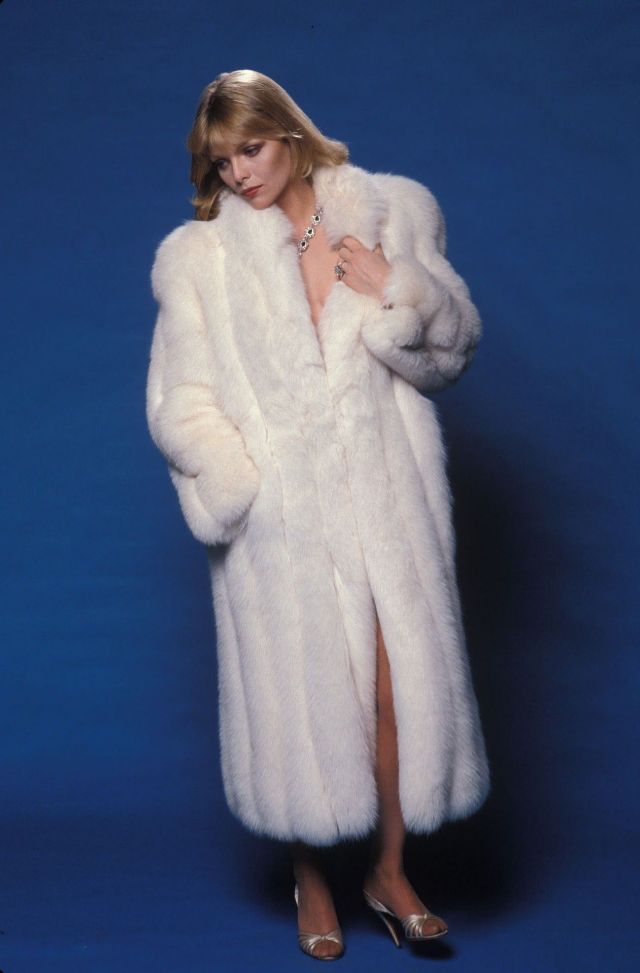
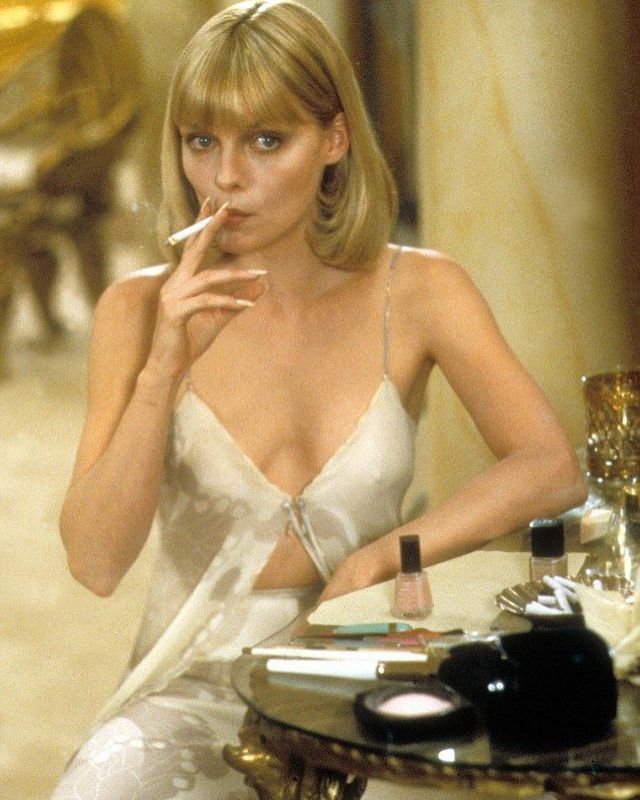
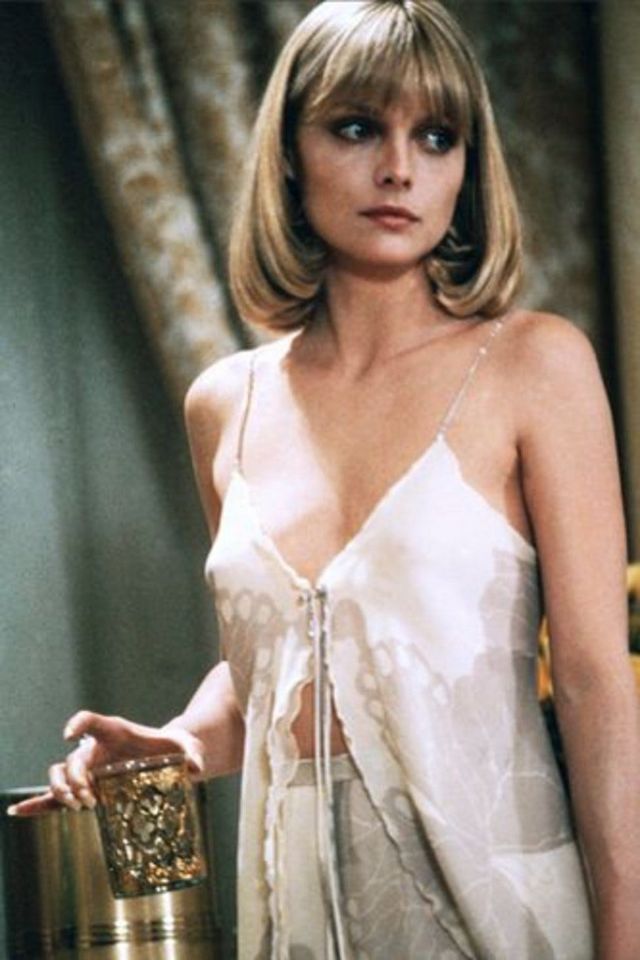
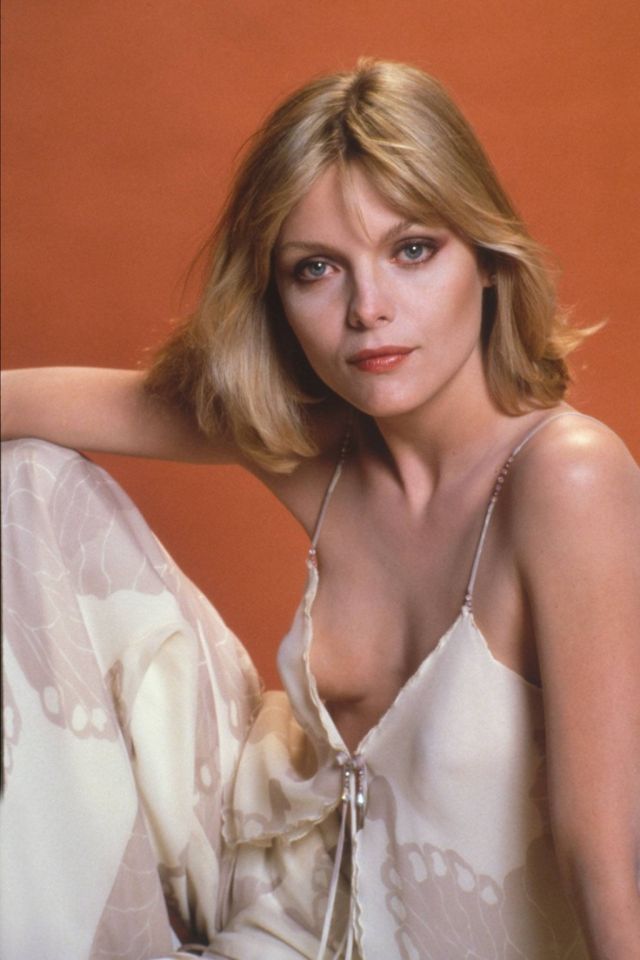
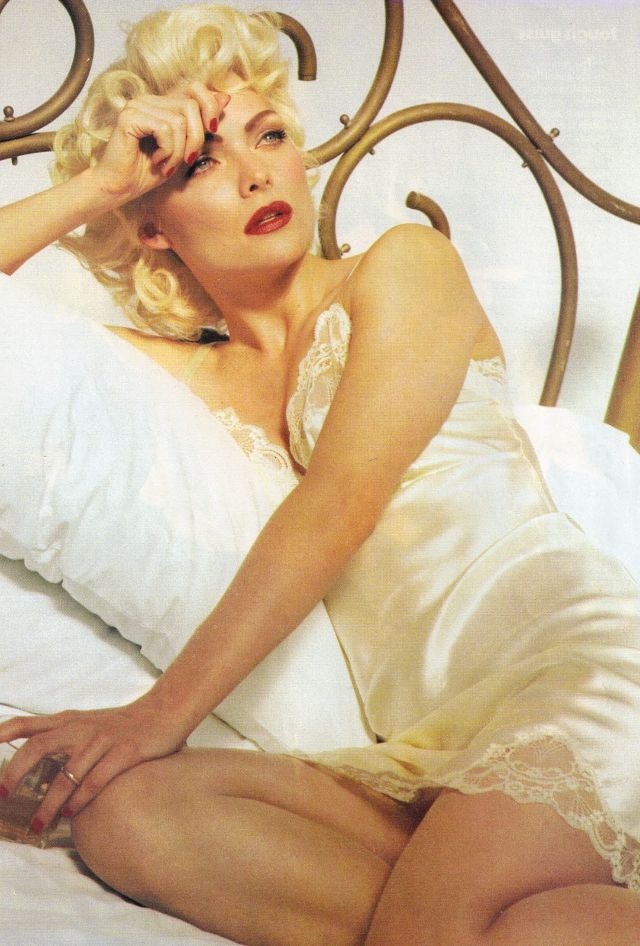
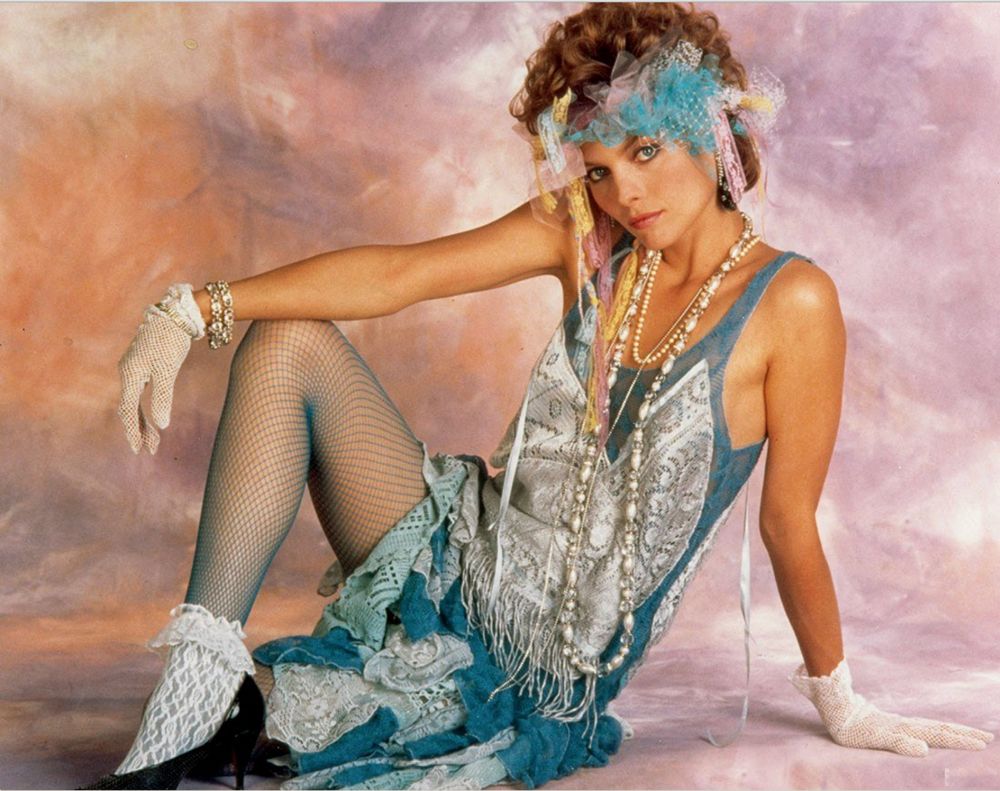
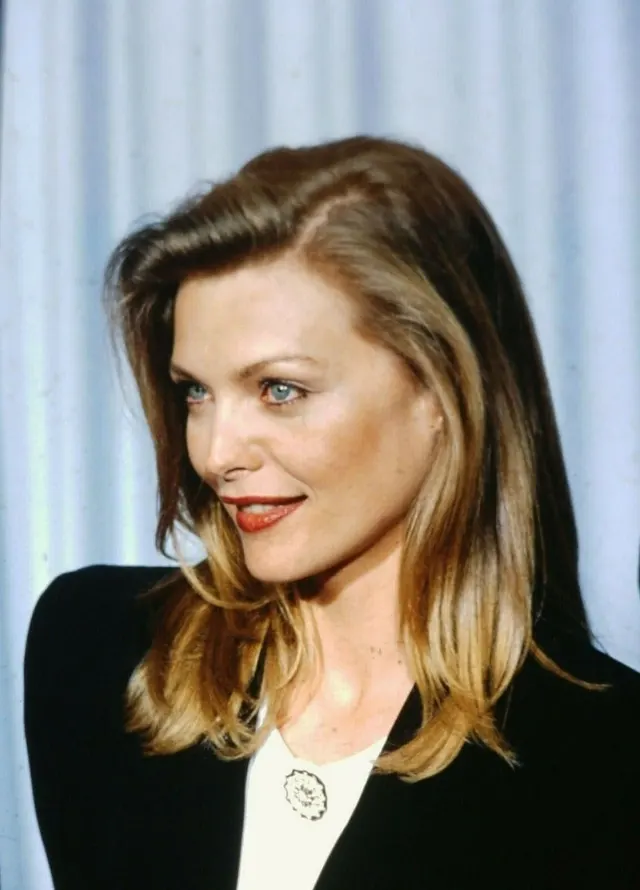
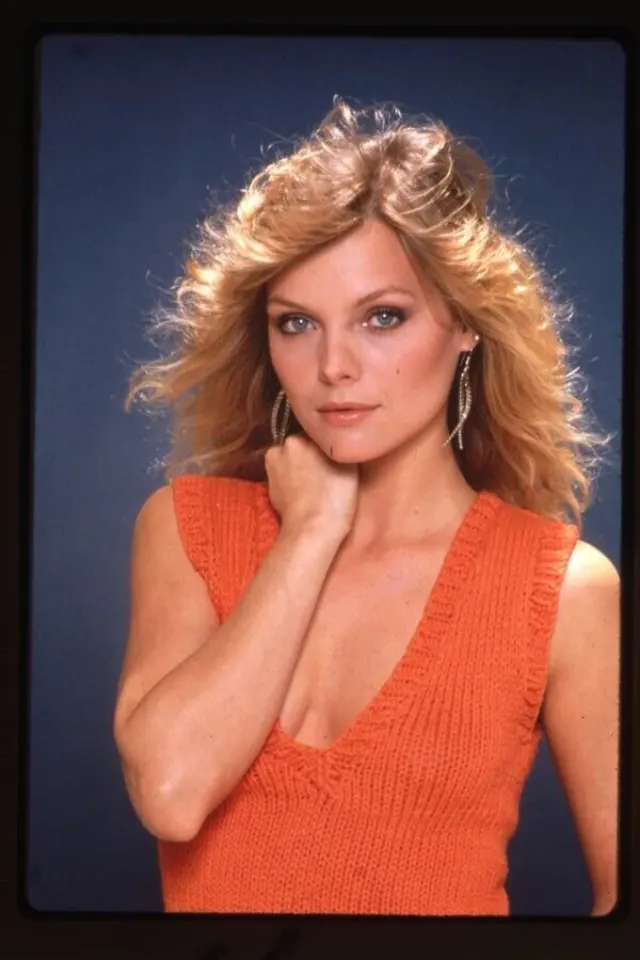
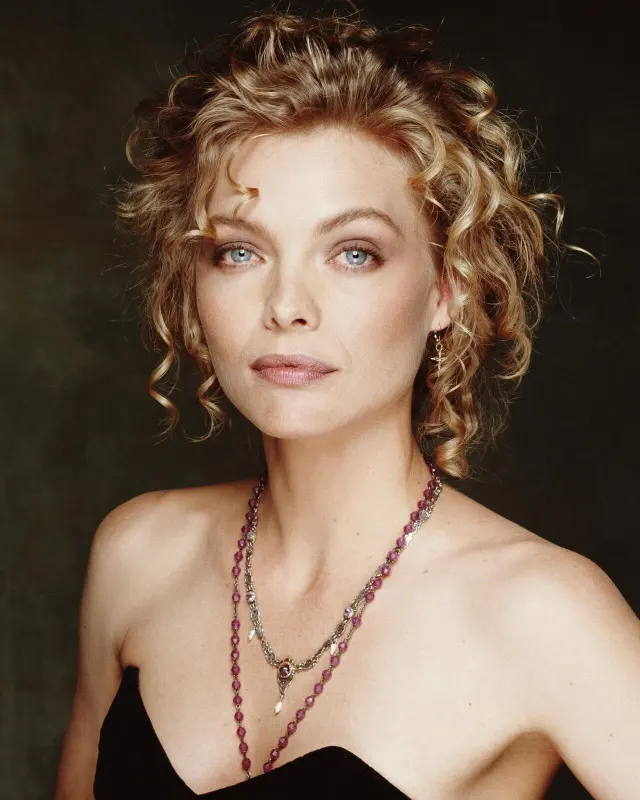
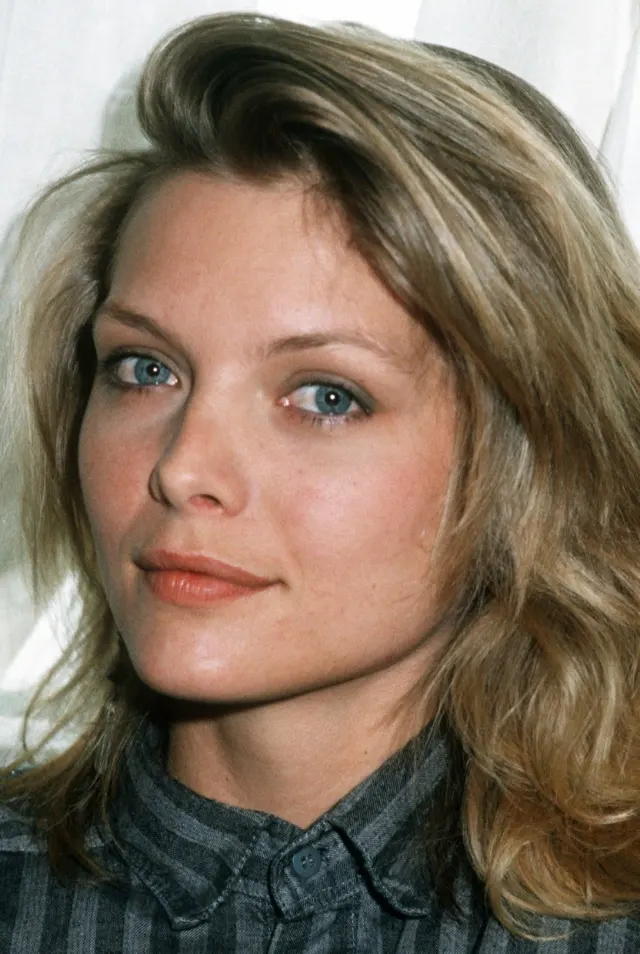
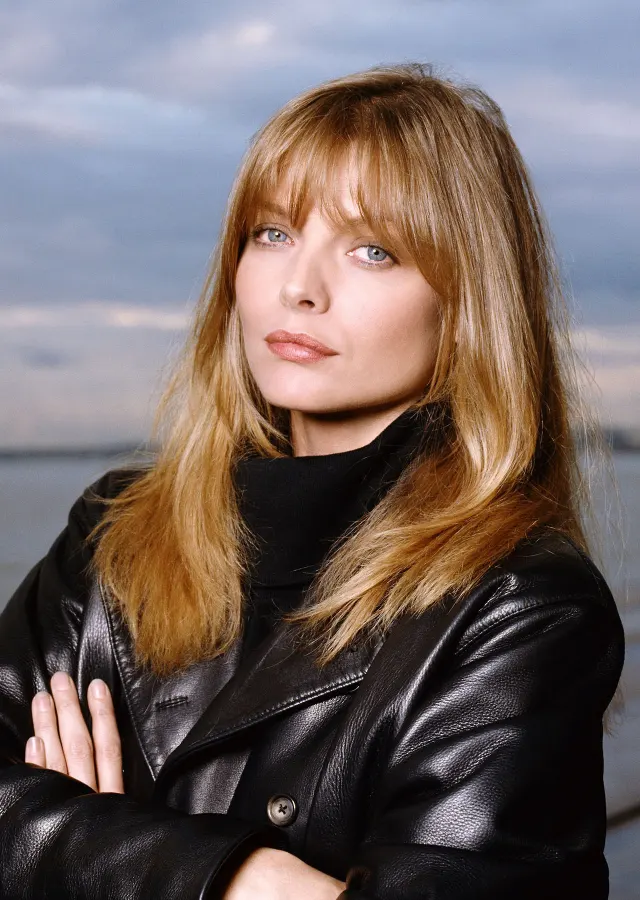
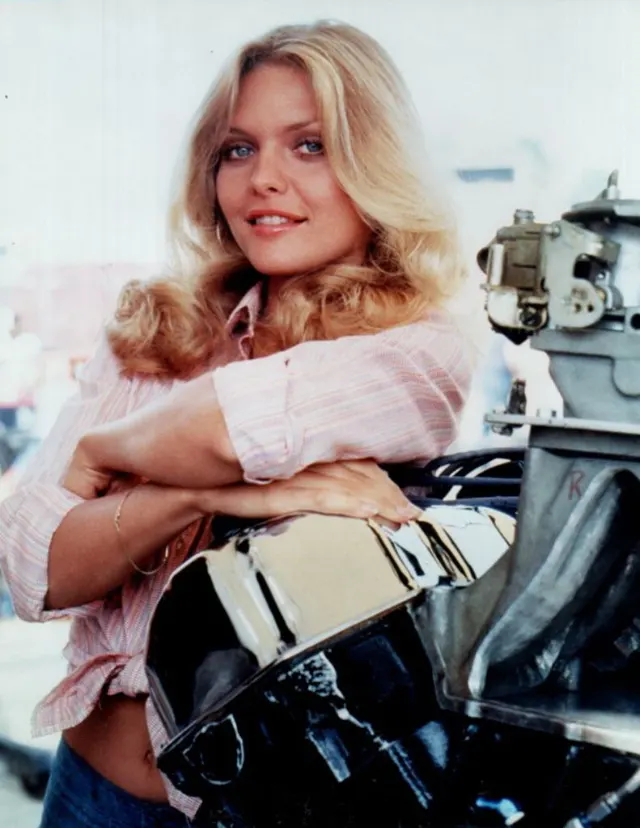
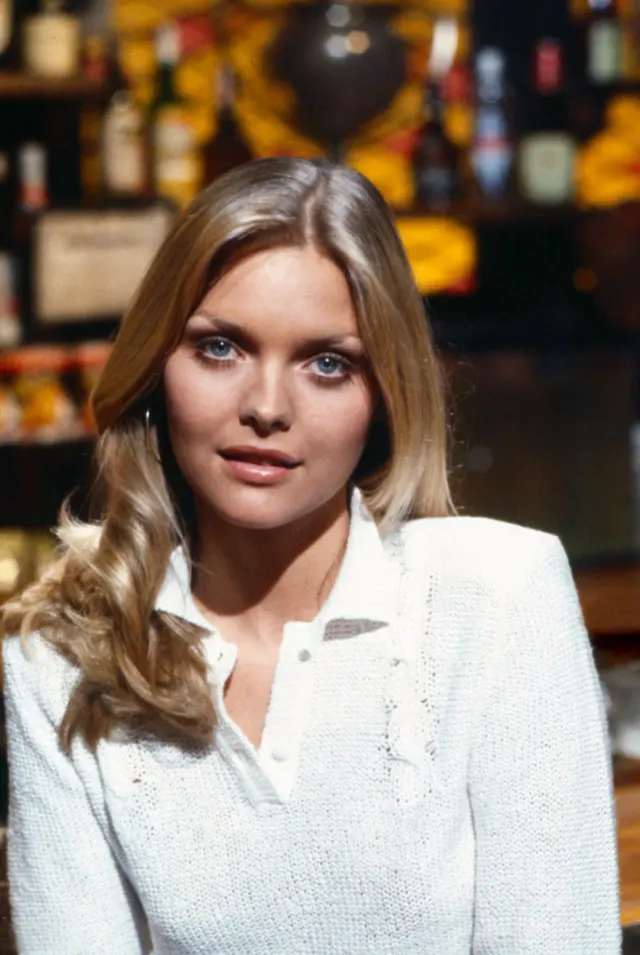
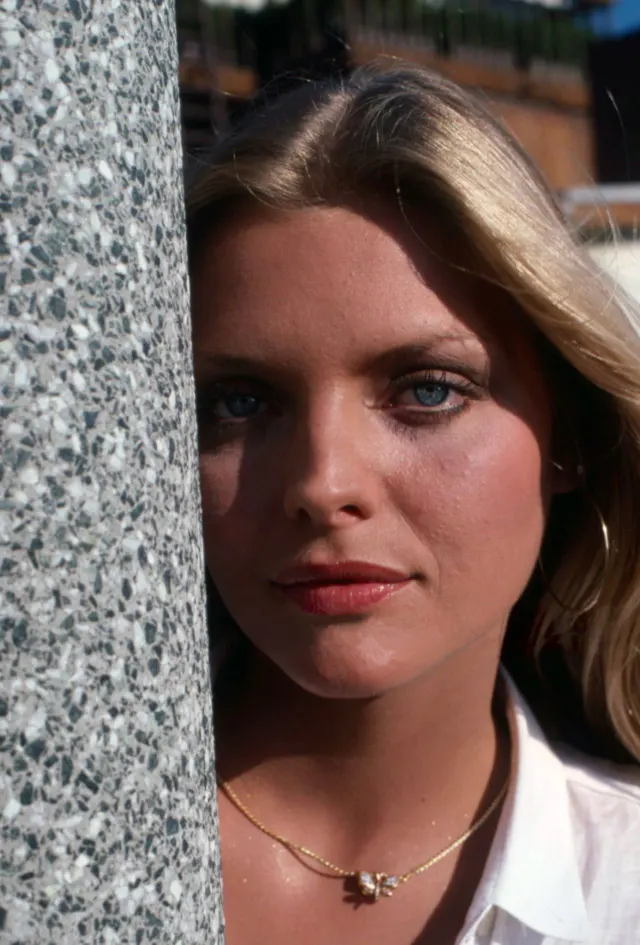
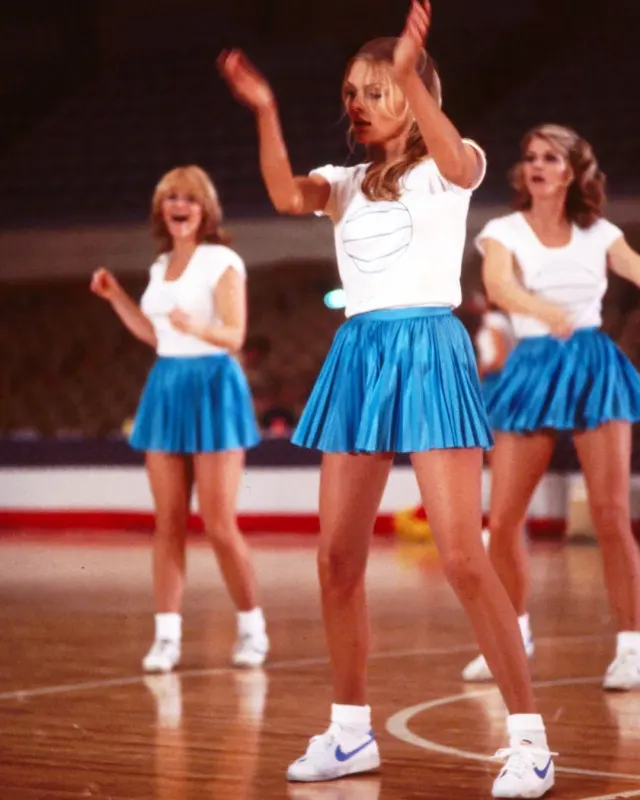
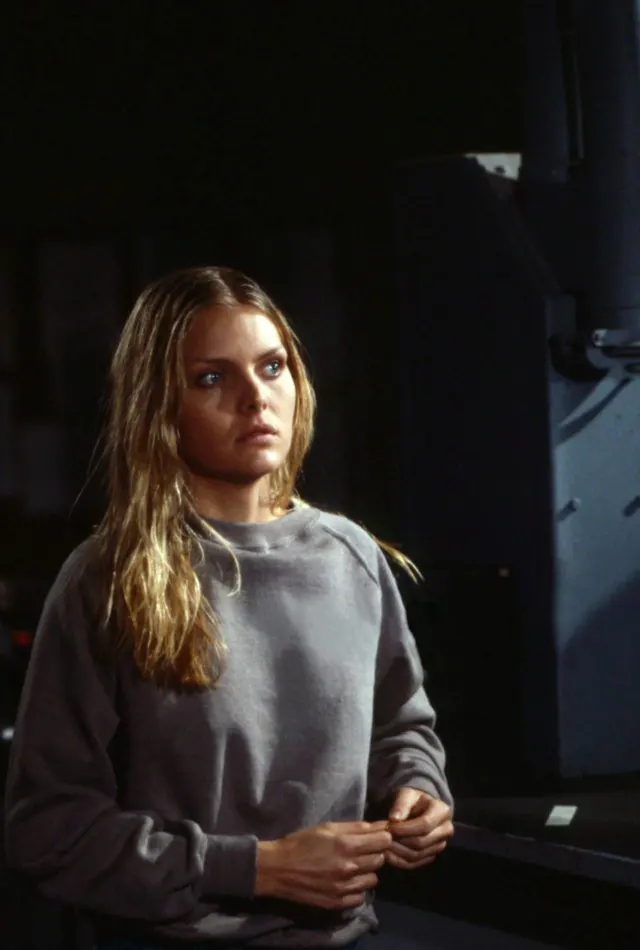
(Photo credit: Flickr / RHP / Wikimedia Commons / IMDB).
